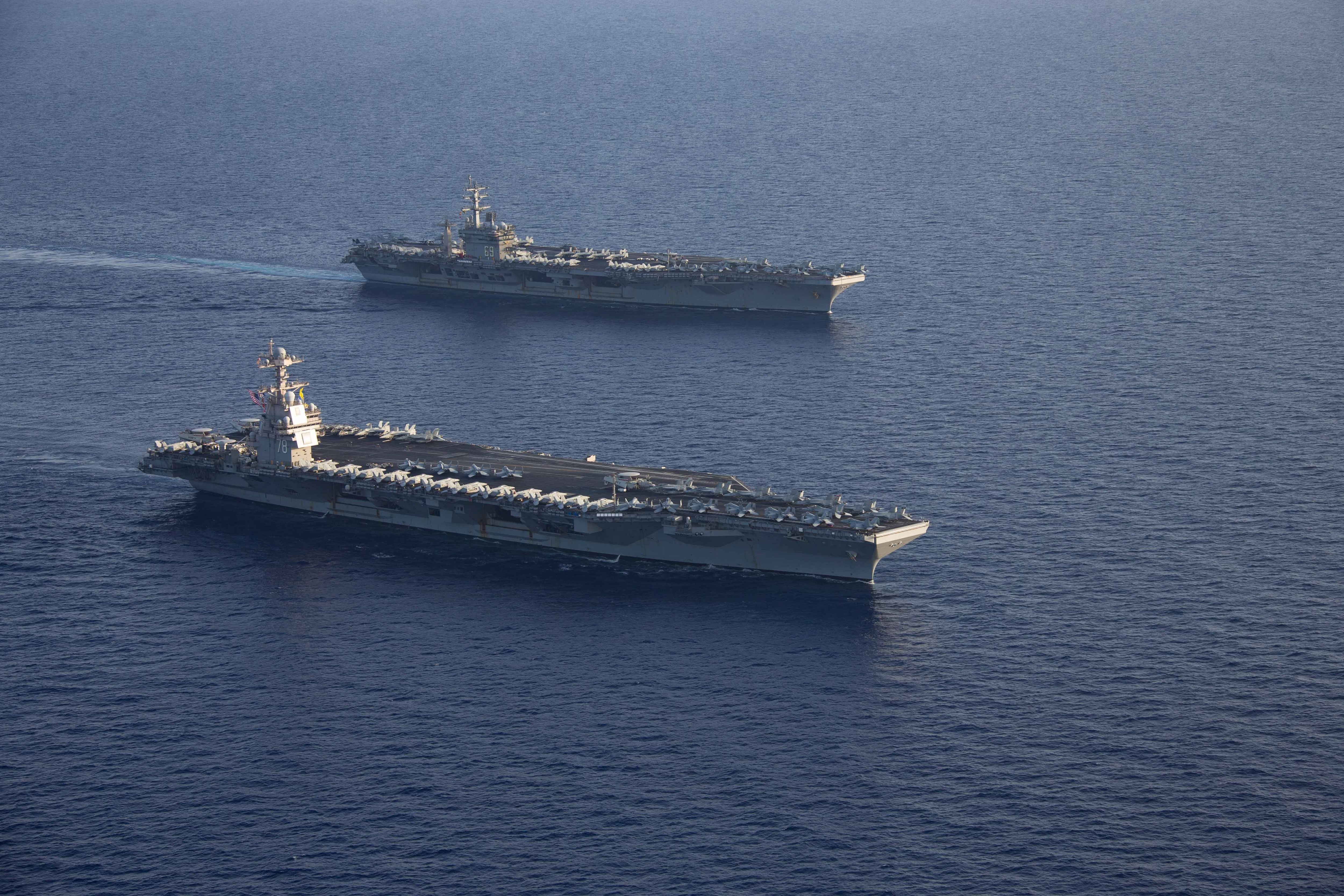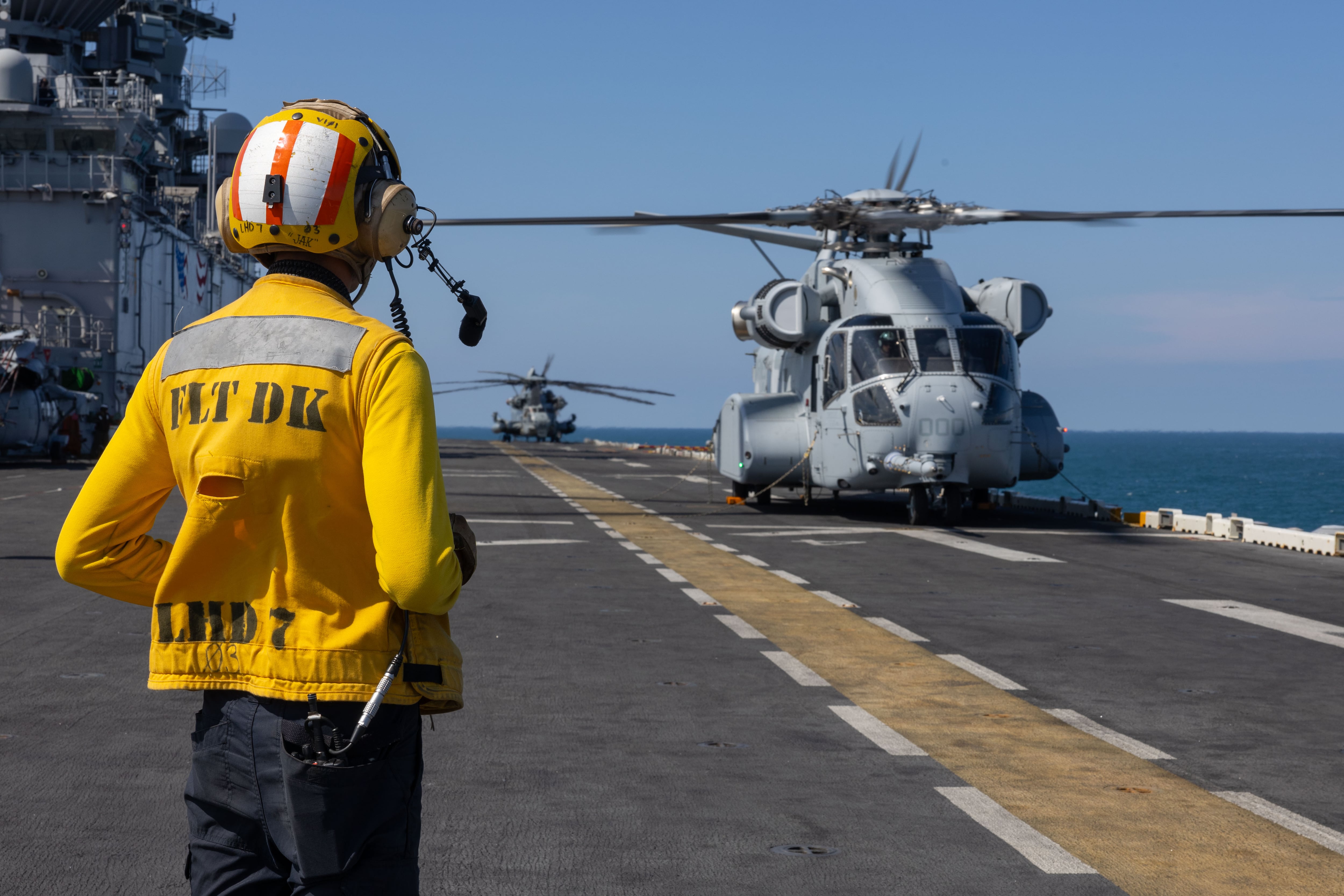This story has been corrected to state that the Navy expected the Ford class to save $4 billion over the total life of a ship compared to the Nimitz class, and now believes it may see $5 billion in savings over the life of the ship.
ARLINGTON, Va. — The first-in-class aircraft carrier Gerald R. Ford may cost less over its life than planned because of reduced maintenance costs, a program manager said today at an American Society of Naval Engineers conference here.
Capt. Brian Metcalf said the new Ford carrier was designed with automation that allows for a smaller crew as well as improvements to the hull that will allow the ship to require three major docked maintenance availabilities during its lifetime, instead of the five required by the legacy Nimitz class.
In total, he said, the Ford class is now slated to cost about $5 billion per ship less than its predecessor, the Nimitz class, over the life of each ship. That exceeds the target of $4 billion per ship in savings.
He told Defense News lower maintenance costs account for the savings.
“The biggest difference between the target and what we’re witnessing is the maintenance that Ford has gone through so far,” he said. “I will caveat that to say, we’re 2% or less into the 500 years of aircraft carriers that we’re going to have with the Ford class.”
He said early numbers show that Ford’s recent carrier incremental availability did, and its upcoming planned incremental availability will, cost less than originally estimated.
Ford is the first carrier in its class. John F. Kennedy is more than 90% complete and will deliver to the Navy in 2025. Enterprise is about 35% complete and is “starting to look like a ship now,” Metcalf said. Doris Miller is at the earliest stages of its construction. And the Navy is eyeing plans to buy the next two carriers, CVNs 82 and 83, in a two-ship contract later this decade.
While it’s too early to know if the cost savings will hold, the revised estimate could mean the Navy would need less money in its operations and maintenance budget each year, freeing up dollars for other readiness or acquisition needs.
Metcalf, in his remarks, also noted Ford is still progressing through some remaining test and evaluation events as the lead ship of its class.
During a short deployment in late 2022, the carrier flew 1,250 sorties — or aircraft missions off the flight deck — and sailed 9,000 miles on both sides of the Atlantic.
Today, Ford is in the Eastern Mediterranean, as war between Israel and Hamas is currently in a delicate, and likely short-term, ceasefire.
“They were supposed to be home for Thanksgiving, and now they’re not going to make it home for Christmas,” Metcalf said.
When the ship’s overarching test and evaluation plan was mapped out two and a half years ago, it called for the deployment to end in November and certain test and evaluation events to take place early in 2024. While the Navy is required by its own Operational Test and Evaluation Force and the Pentagon’s Director of Operational Test and Evaluation to meet testing goals on time, “it’s pretty easy to explain, ‘hey, the ship was doing what the president wanted the ship to do,’” Metcalf said.
The remaining test events will be delayed and the schedule redrawn, the captain said.
Megan Eckstein is the naval warfare reporter at Defense News. She has covered military news since 2009, with a focus on U.S. Navy and Marine Corps operations, acquisition programs and budgets. She has reported from four geographic fleets and is happiest when she’s filing stories from a ship. Megan is a University of Maryland alumna.





